Discover 8 hidden attractions, cool sights, and unusual things to do in White Post (United States). Don't miss out on these must-see attractions: Long Branch Plantation, Dinosaur Land, and Meadea. Also, be sure to include Greenway Court in your itinerary.
Below, you can find the list of the most amazing places you should visit in White Post (Virginia).
Table of Contents
Long Branch Plantation
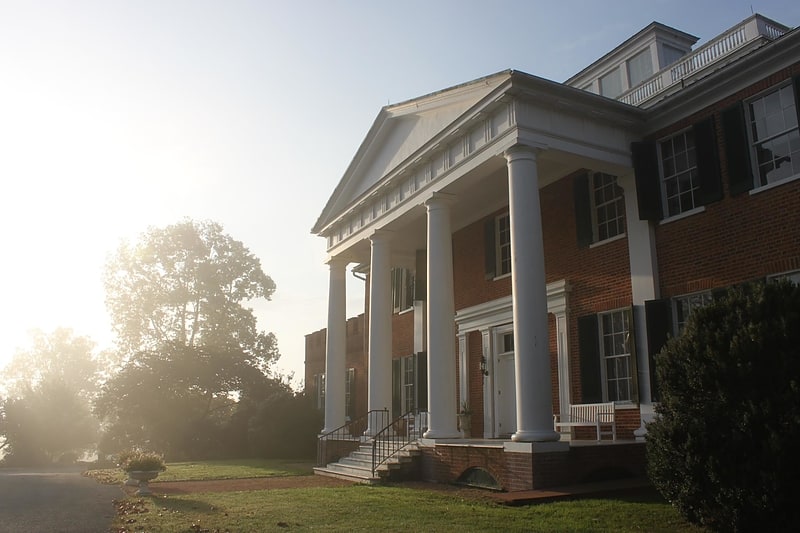
Wedding venue in Clarke County, Virginia. Long Branch is a historic family seat in Millwood, Virginia built in the early 19th century; named after the creek that runs through the property. Built on approximately 1000 acres by Robert Carter Burwell in 1811 and owned by the Burwell-Nelson family until 1957. The property was placed on the National Register on October 1, 1969.[1]
Dinosaur Land
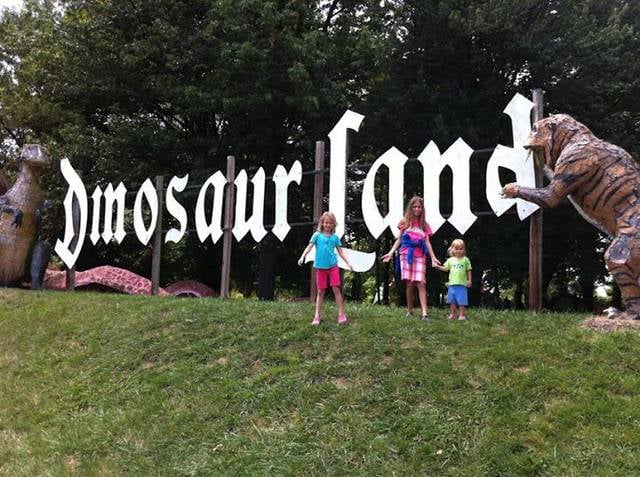
Specialty museum, Theme park, Museum
Address: 3848 Stonewall Jackson Hwy, 22663-2402 White Post
Meadea
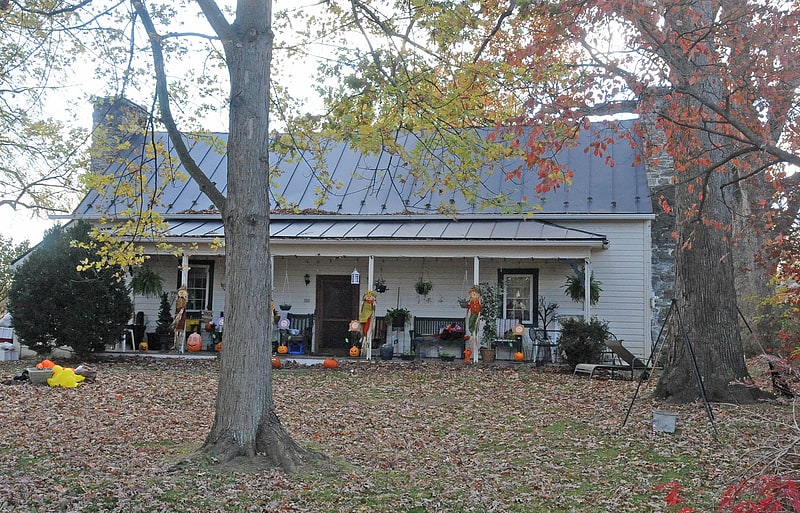
Meadea is a historic home located at White Post, Clarke County, Virginia. It was built prior to 1760 consisting of just two rooms and loft. It had a central stone chimney with two hearths. One hearth was for cooking. The cooking hearth is still visible on the now outside of the home.
An aid to George Washington, Col. Richard Kidder Meade (1746-1805), of the American Revolutionary War, after the war, bought a large tract of land in the valley of Virginia on the advice of George Washington. The small frontier cabin was included in the tract of land and Meade enlarged it by adding to the west end of the cabin about 1784, to be a temporary home until a larger home could be built (Lucky Hit). Bishop William Meade was born at Meadea and raised at Lucky Hit. Meadea is now a 1 1/2-story, three bay, log dwelling with a gable roof. It rests on a stone foundation and has an attached stone chimney. It is the only remaining 18th century log building in White Post. A descendant of Col. Meade now lives at Meadea.
It was listed on the National Register of Historic Places in 1995. It is located in the White Post Historic District.[2]
Greenway Court
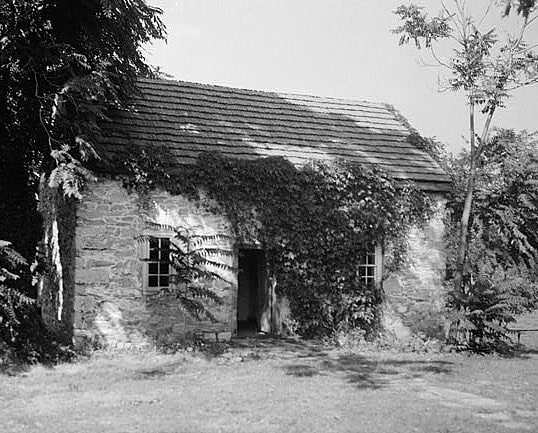
Greenway Court is a historic country estate near White Post in rural Clarke County, Virginia. The property is the site of the seat of the vast 18th-century land empire of Thomas Fairfax, 6th Lord Fairfax of Cameron, the only ennobled British colonial proprietor to live in one of the North American colonies. The surviving remnants of his complex — a later replacement brick house and Fairfax's stone land office — were designated a National Historic Landmark in 1960.[3]
Lucky Hit

Lucky Hit is one of the oldest brick houses in southwestern Clarke County, Virginia. The double-pile, central hallway house was built by Colonel Richard Kidder Meade around 1791, and was named by Meade in his belief that he had made a fortunate choice in his property. He previously resided at the log house Meadea. His children, including Bishop William Meade and Ann Randolph Meade Page, who were raised on this plantation established plantations nearby; many of the historic houses remain today. This property stayed in the Meade family until 1869.
It was listed on the National Register of Historic Places in 1993.[4]
The Tuleyries
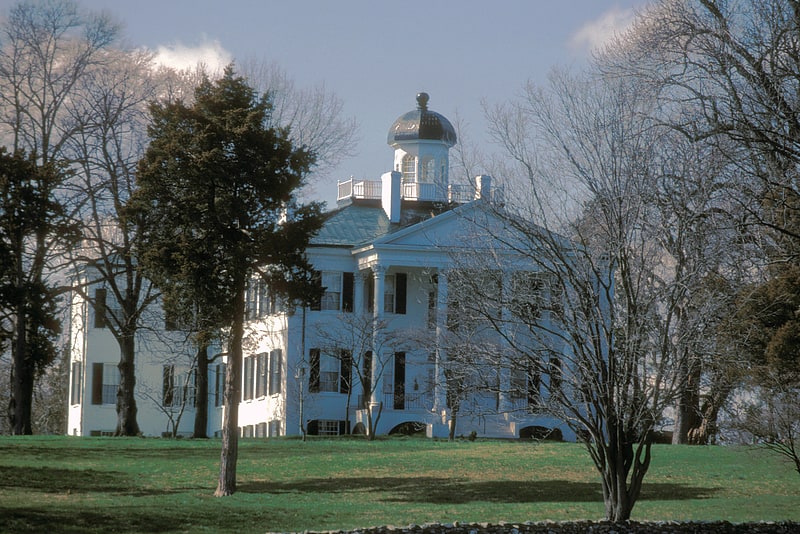
The Tuleyries is an ante-bellum estate near White Post, Virginia. The complex was built around 1833 by Colonel Joseph Tuley, Jr. who made the name a pun on his name and the Tuileries Palace. The house is a late Federal style mansion with a domed entrance hall. The house was sold by the Tuley family to Colonel Upton L. Boyce in 1866. In 1903 the property was acquired by Graham F. Blandy, who left over two-thirds of the land to the University of Virginia on his death in 1926. That land is now known as the Blandy Experimental Farm and The Virginia State Arboretum. The remaining property and house remained in the Blandy family. As well as twenty acres of lawn and garden the property includes a further three hundred and eighty six acres of forest and farm.
It was listed on the National Register of Historic Places in 1972.[5]
Farnley
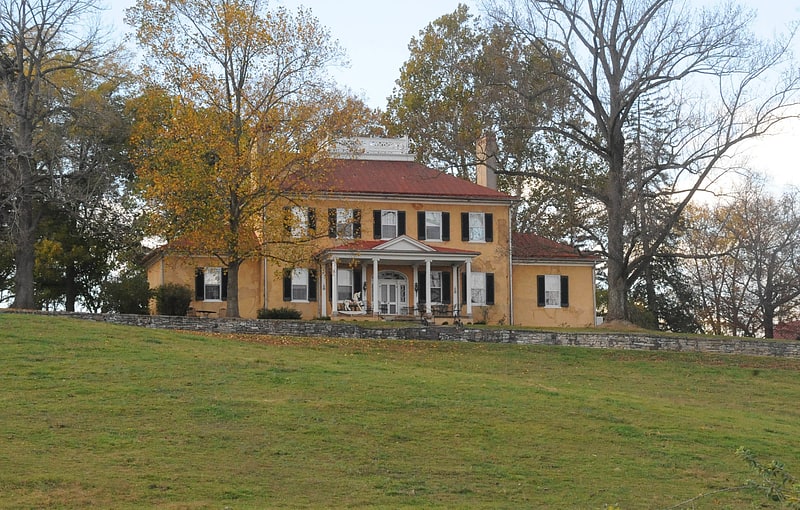
Building. Farnley is a property that includes two historic plantation houses and a farm located near White Post, Clarke County, Virginia. The Meadows is a brick I-house built sometime between 1815 and 1820. The focal point of the property, however, is its namesake Farnley, a sophisticated Federal-style residence built about 1836. It has a gable roof with wide interior-end chimneys. Also on the property is an assortment of 19th- and 20th-century farm buildings including a stone slave quarters.
It was listed on the National Register of Historic Places in 1989.[6]
Guilford
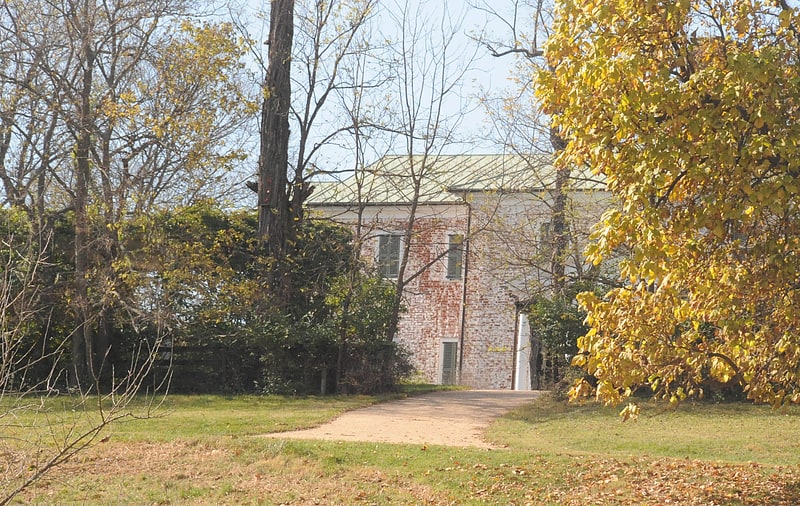
Guilford is a historic plantation house and a farm located near White Post, Clarke County, Virginia. It was built between 1812 and 1820, and is a two-story, nearly square, brick dwelling with a hipped roof in the Greek Revival style. The front facade features a full-height, three-bay, pedimented portico with monumental Greek Ionic order columns. Also on the property is a contributing brick slave's quarters.
It was listed on the National Register of Historic Places in 1993.[7]